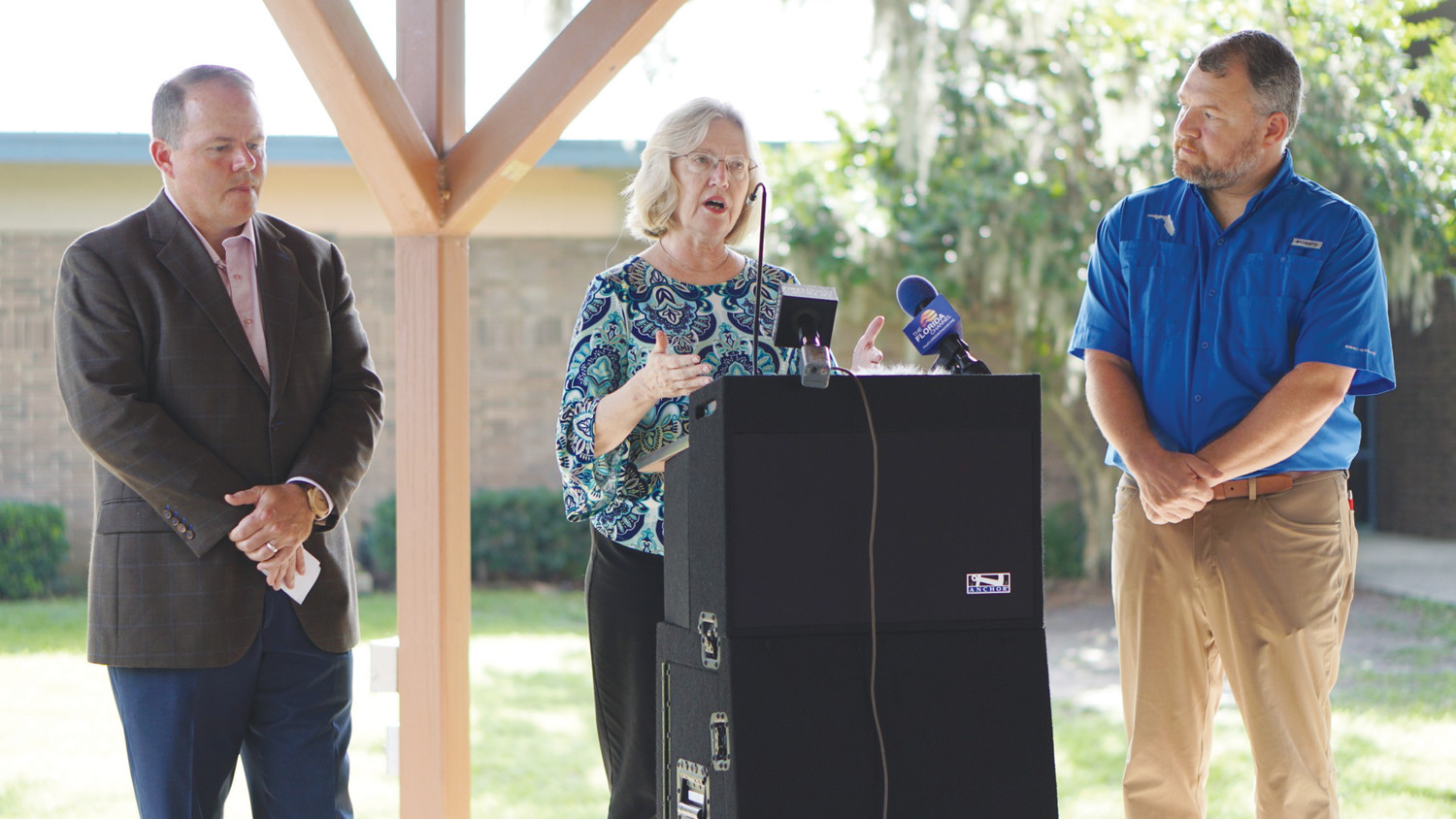$4.5 million to tackle harmful algae
This item is available in full to subscribers.
Attention subscribers
To continue reading, you will need to either log in to your subscriber account, or purchase a new subscription.
If you are a current print subscriber, you can set up a free website account and connect your subscription to it by clicking here.
If you are a digital subscriber with an active, online-only subscription then you already have an account here. Just reset your password if you've not yet logged in to your account on this new site.
Otherwise, click here to view your options for subscribing.
Please log in to continueDon't have an ID?Print subscribersIf you're a print subscriber, but do not yet have an online account, click here to create one. Non-subscribersClick here to see your options for subscribing. Single day passYou also have the option of purchasing 24 hours of access, for $1.00. Click here to purchase a single day pass. |
$4.5 million to tackle harmful algae
ORANGE PARK – A $4.5 million project to reduce the amount of nitrogen, phosphorus and algal blooms in Doctors Lake will soon get underway with multiple agencies involved.
Sen. Rob Bradley and Rep. Travis Cummings Bradley joined Ann Shortelle, executive director of the St. Johns River Water Management District and other officials in announcing the program on Aug. 15.
“The 50,000-foot view is that algae blooms need to end, period, in Doctors Lake,” Bradley said. “We are going to be very aggressive in attacking the algae bloom problem in Doctors Lake and we aren’t going to just use one bullet in the chamber – we’re going to use several.”
The first of those projects called “Septic-to-Sewer” will end sewage seepage into the river and lake by extending the services of Clay County Utility Authority that are currently on septic systems.
“In some areas, standard sewer systems are not available and this project aims to work around that,” said Robert Zammataro, of SJRWMD’s Bureau of District Projects and Construction.
He estimates that nearly 100 homes will be taken off of septic systems and hooked into sewer systems, which would reduce the total amount of nitrogen entering Doctors Lake by 1,881 pounds per year. Nitrogen, like phosphorous, is one of the main nutrients contributing to the creation of algal blooms in water. When algae blooms occur, the green substance can choke off much-needed oxygen for fish and other plant life, as well as cause illness in some people.
SJRWMD, in collaboration with the Clay County Utility Authority, will replace old and failing septic tanks with individual distributed sewer systems in targeted areas. According to Zammataro, these types of sewer systems will work almost in the same way that a standard CCUA wastewater treatment facility would. CCUA Executive Director Tom Morris said the innovate sewer systems will reduce the amount of nitrogen onsite by 1,125 pounds per year.
The third and final project is the Doctors Lake Enhanced Effluent Treatment Project, which will be a joint effort of SJRWMD and CCUA working together to treat at least two million gallons per day. The result will be an estimated 6,500 pounds per year of phosphorus removed from Clay County water.
While these three projects will work to reduce algal blooms, Zammataro said that it won’t completely eradicate the buildup of algae in Doctors Lake.
“This is a first step,” Zammataro said. “There’s three things that contribute to [algal blooms]. There’s the influx of nutrients [like nitrogen and phosphorous], which is what these projects are addressing. There’s what they call legacy load in the lake, which we’re not there yet but are hoping to address in the future and the third is hydraulic residence time, which is basically just the natural dynamics of that lake that contribute to the algal blooms.”
“Two of the three things, we can work on but the third is just a natural state,” Zammataro said.
Clay County residents can expect to see these projects in motion almost immediately, according to Bradley.
“They are immediately going to proceed with implementation,” Bradley said. “As far as government goes, this is as fast as I’ve seen it move in the sense that...we’re already moving forward with procuring the contracts for the plans.”
Zammataro said SJRWMD will spend about a year designing the plans and determining how to best implement them, all while securing the proper permitting. After that, there will be another year, or two, of construction.








